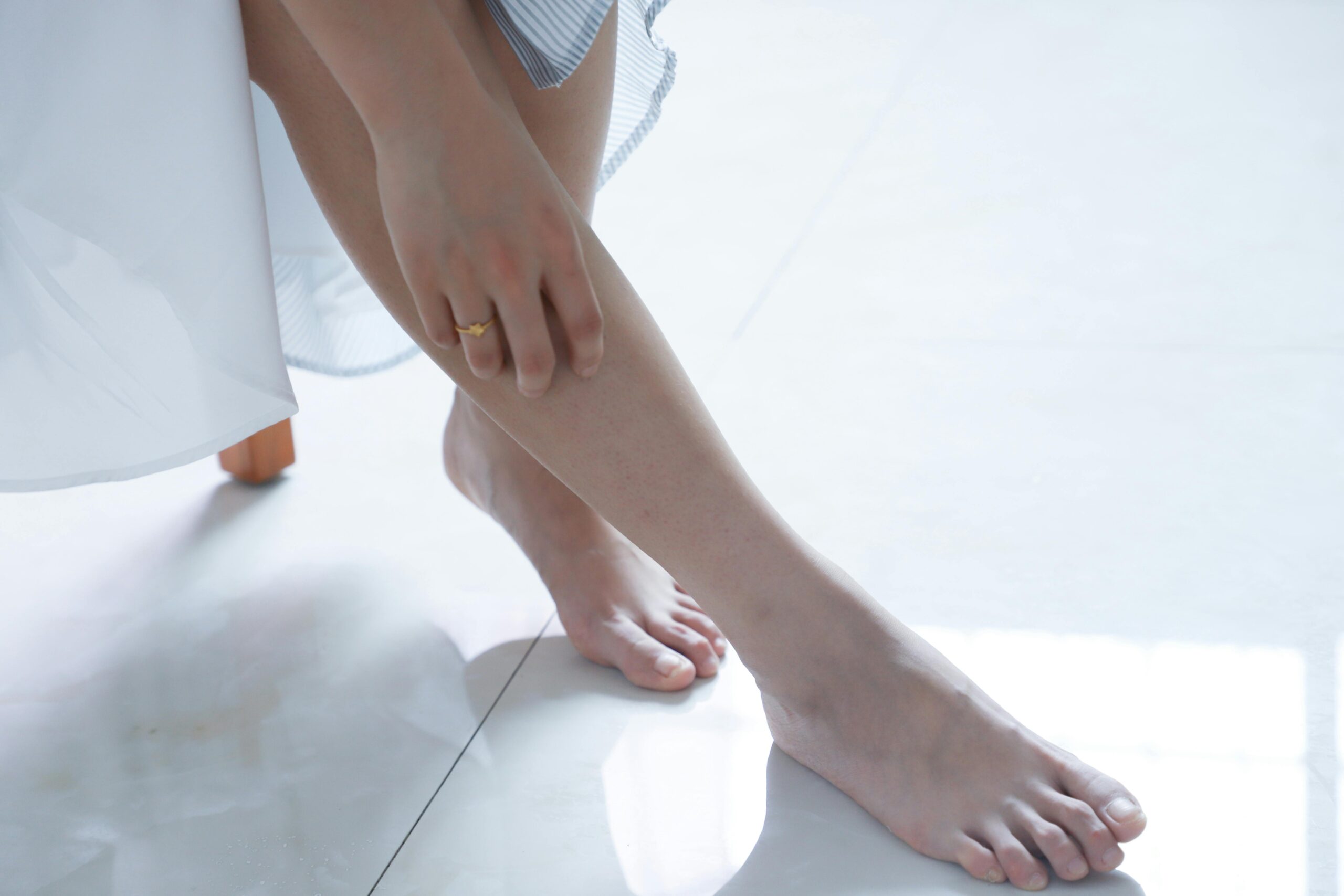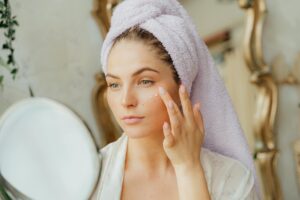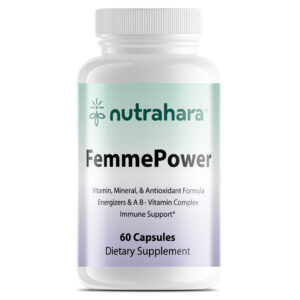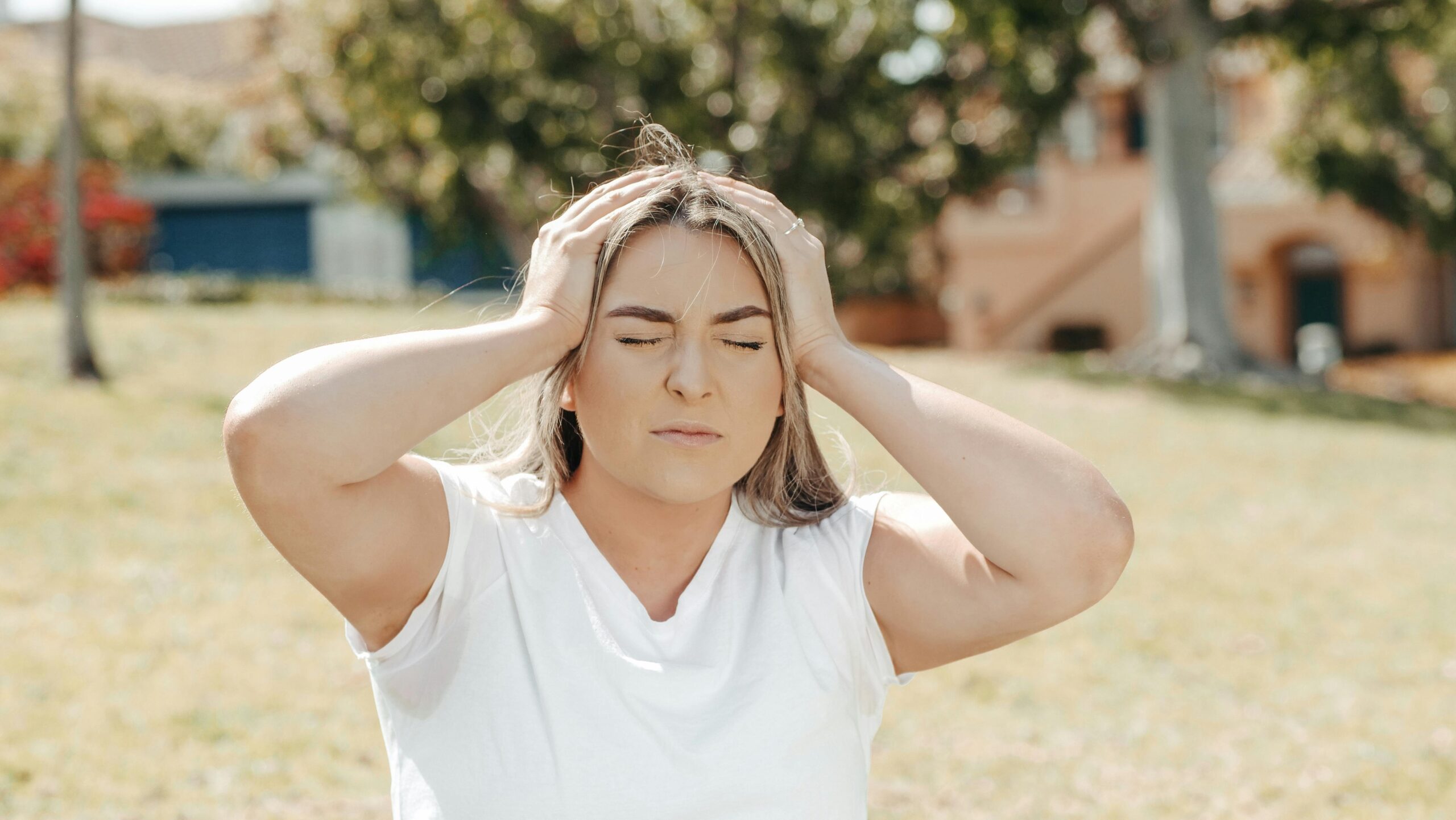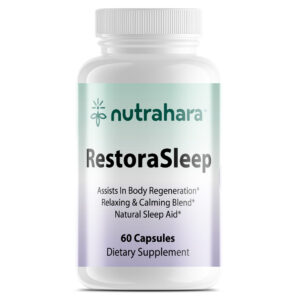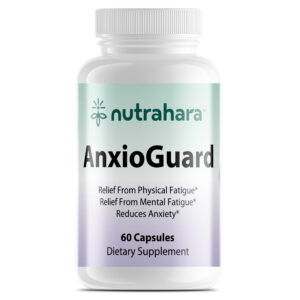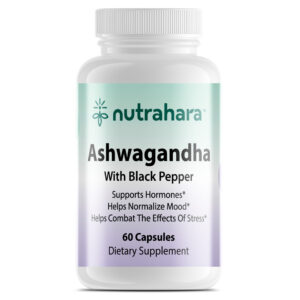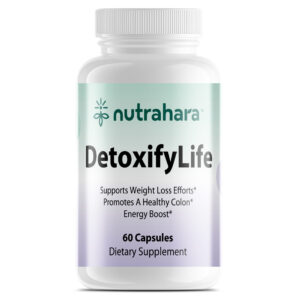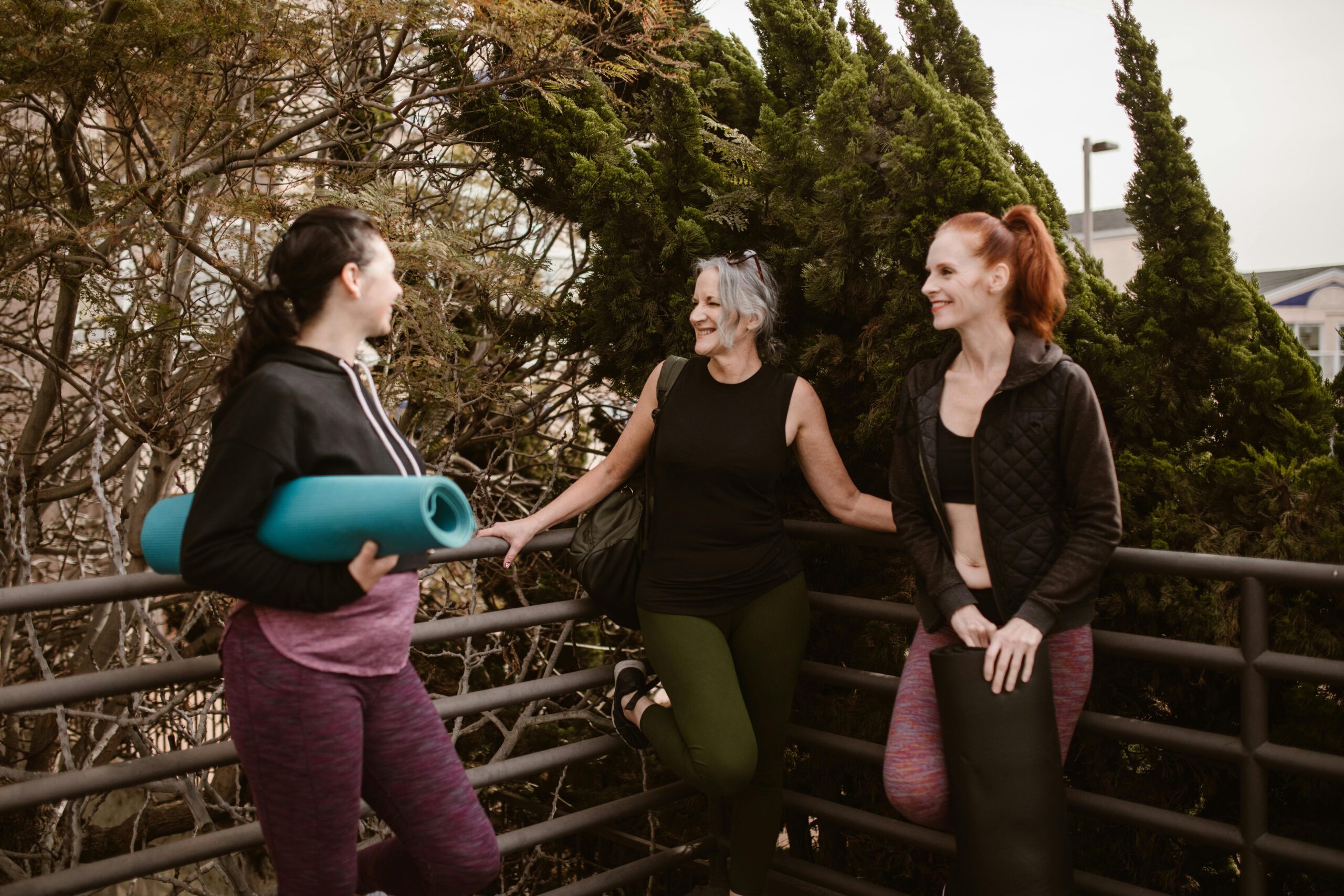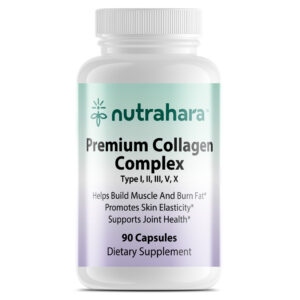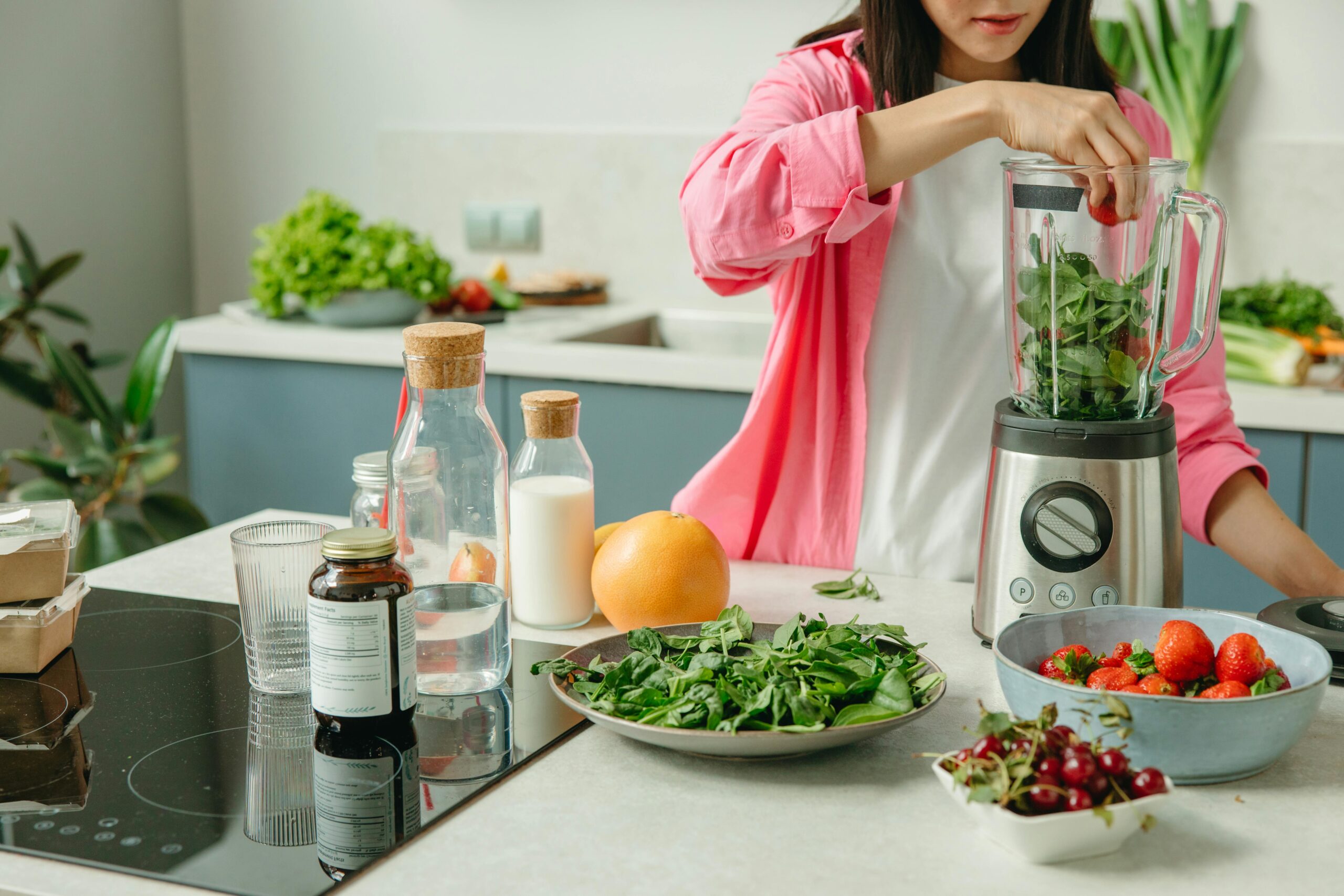
1. Women’s Vitamins: A Complete Guide to Nourishing Your Health
Women’s health is a dynamic journey influenced by various stages of life—from the hormonal shifts of adolescence and the demands of motherhood to the transition of menopause and healthy aging. Each of these milestones brings unique nutritional needs, making women’s vitamins a vital component of holistic well-being. Unlike generic multivitamins, women’s vitamins are formulated with a precise balance of nutrients to address specific health concerns such as bone density, energy fluctuations, hormonal balance, and emotional wellness.
In today’s fast-paced world, it’s not uncommon for women to struggle with nutrient deficiencies due to busy lifestyles, stress, dietary gaps, or environmental factors. Even those who maintain a balanced diet may still fall short on critical vitamins and minerals that are essential for vitality and disease prevention. This is where women’s vitamins step in—not as replacements for healthy eating, but as complementary tools that ensure women’s bodies receive consistent nourishment.
This comprehensive guide will take you through the essential role of women’s vitamins, the most important nutrients to prioritize, and practical ways to integrate them into daily life. You’ll also discover expert tips, real testimonials, and Nutrahara’s carefully crafted supplements that empower women to thrive at every stage of life.
2. Why Women’s Vitamins Are Essential
2.1 Understanding Women’s Unique Nutritional Needs
Women are not just smaller versions of men—their physiology is distinct, with different hormonal patterns, reproductive needs, and metabolic responses. From menstruation to menopause, nutrient demands vary greatly. For example, menstruating women often require more iron, while women in perimenopause and menopause need higher amounts of calcium and vitamin D to preserve bone density. Women’s vitamins are designed with these unique considerations in mind, ensuring that each life stage is supported with precision.

2.2 Common Nutrient Deficiencies in Women
Modern lifestyles can make it difficult to consistently meet nutritional needs through food alone. Many women are deficient in iron, vitamin D, calcium, magnesium, and essential B vitamins. These deficiencies manifest in everyday challenges such as fatigue, brittle hair and nails, poor concentration, and low mood. Supplementing with women’s vitamins helps bridge these nutrient gaps, providing a safety net against deficiencies that can accumulate over time.
2.3 Long-Term Health Benefits of Women’s Vitamins
Beyond correcting deficiencies, women’s vitamins play a preventive role in long-term wellness. Consistent supplementation supports strong bones, balanced hormones, healthy cardiovascular function, and a resilient immune system. They also contribute to emotional balance and cognitive clarity, two areas often overlooked in discussions about women’s health. By building a foundation of steady nutrient intake, women can age gracefully and maintain vitality well into their later years.
3. Key Nutrients in Women’s Vitamins
3.1 Iron
Iron is one of the most crucial nutrients in women’s vitamins, especially for women of reproductive age. Blood loss during menstruation often leads to lower iron stores, which can cause anemia, fatigue, weakness, and even reduced immunity. Women who follow vegetarian or vegan diets may be at an even greater risk of deficiency. Supplementing with iron through well-formulated women’s vitamins ensures that oxygen is effectively transported throughout the body, boosting energy and supporting cognitive function.
3.2 Calcium and Vitamin D
Calcium and vitamin D work synergistically to protect bone health. Women are more susceptible to osteoporosis, particularly after menopause when estrogen levels decline. Without adequate intake, bones can become brittle and prone to fractures. Women’s vitamins that include both calcium and vitamin D help maintain bone density and prevent future skeletal issues. Vitamin D also plays a role in mood regulation and immune support, making it indispensable for holistic wellness.
3.3 B Vitamins
The B vitamin family—including B6, B12, and folate—is essential for energy metabolism, red blood cell formation, and nervous system health. Stress, poor sleep, and hormonal fluctuations often deplete B vitamins more quickly in women. Taking women’s vitamins rich in B-complex nutrients can enhance focus, improve mood stability, and reduce fatigue. Nutrahara’s Vitamin B Complex offers a bioavailable formulation designed for modern women juggling multiple responsibilities.
3.4 Omega-3 Fatty Acids
Omega-3 fatty acids, particularly EPA and DHA, play a vital role in cardiovascular health, brain function, and hormonal balance. While they are often associated with fish oil, many women’s vitamins now include plant-based sources for vegetarian and vegan options. Omega-3s also support healthy pregnancies, reducing risks of complications and aiding fetal brain development.
3.5 Collagen
Collagen is a protein that naturally declines with age, leading to changes in skin elasticity, joint flexibility, and hair strength. Nutrahara’s Premium Collagen Complex is one of the standout women’s vitamins that supports beauty from within by nourishing skin, reducing fine lines, and enhancing hair and nail resilience. Collagen supplementation also benefits joint mobility, making it valuable for active women and those approaching menopause.
By focusing on these key nutrients, women can ensure they’re addressing both immediate energy needs and long-term health outcomes, building a foundation of resilience for every stage of life.
4. 7 Tips for Choosing the Best Women’s Vitamins
4.1 Tip 1: Match Vitamins to Your Life Stage
Every woman’s body goes through significant shifts, and nutrient requirements change accordingly. Women in their 30s may need more B vitamins for energy, while those in their 40s should focus on hormonal support and bone health. In their 50s and beyond, calcium, vitamin D, and collagen become especially important. Choosing women’s vitamins tailored to your stage of life ensures your body gets exactly what it needs.
4.2 Tip 2: Prioritize Whole-Body Wellness
A comprehensive approach to health goes beyond just filling nutrient gaps. The best women’s vitamins also support emotional balance, stress management, and overall resilience. Nutrahara’s AnxioGuard, for example, is designed to promote calm and mental clarity, complementing physical wellness with emotional support.
4.3 Tip 3: Select Bioavailable Nutrients
Not all nutrients are absorbed equally by the body. Bioavailable forms—like methylated B vitamins or chelated minerals—are more effectively utilized. When evaluating women’s vitamins, look for formulations that use high-quality, absorbable forms of nutrients to ensure maximum benefit.
4.4 Tip 4: Consider Specialized Needs
No two women are alike, and many have unique health goals. Whether you’re struggling with sleep, energy, or skin health, targeted women’s vitamins can help. For instance, Nutrahara’s RestoraSleep supports deep rest, while Premium Collagen Complex enhances natural beauty. Choosing specialized supplements allows you to personalize your wellness journey.
4.5 Tip 5: Choose Trusted Brands
Safety and quality matter. Many supplements on the market contain fillers or lack proper testing. Opt for trusted companies like Nutrahara Women’s Health Vitamins, which prioritize purity, safety, and formulations that are specifically crafted for women.
4.6 Tip 6: Support Your Skin and Beauty Goals
Beauty begins from within, and the right women’s vitamins can nourish skin, hair, and nails. Look for collagen, antioxidants, and biotin to complement external skincare routines. Nutrahara’s collagen and antioxidant-rich formulas are excellent choices for women who want to maintain youthful vibrancy naturally.
4.7 Tip 7: Pair with Lifestyle Practices
Supplements are most effective when paired with healthy daily practices. Balanced meals, regular exercise, yoga, and mindfulness enhance the benefits of women’s vitamins. By combining these approaches, you’ll not only meet nutritional needs but also cultivate a holistic sense of wellness and vitality.
These tips help ensure that the women’s vitamins you choose align with your body’s needs, your lifestyle, and your long-term health goals.

5. Nutrahara Women’s Health Vitamins: Empowering Wellness
Nutrahara has redefined women’s vitamins with science-backed formulations designed to meet the evolving needs of women across every stage of life. Unlike generic multivitamins, Nutrahara’s supplements are thoughtfully curated to address specific challenges such as energy, stress, hormonal balance, beauty, and sleep. Here’s a closer look at their standout products:
- FemmePower: A complete formula that enhances hormonal balance, supports reproductive health, and boosts natural energy, making it ideal for women in their reproductive years.
- BlossomBliss: Specially designed to ease PMS and menopause symptoms, helping reduce hot flashes, mood swings, and discomfort.
- Premium Collagen Complex: Targets skin, hair, nails, and joints, providing beauty support that radiates from within.
- Vitamin B Complex: Energizing and stress-reducing, perfect for busy women balancing career and family.
- DetoxifyLife: Promotes liver health, gentle detoxification, and improved digestion.
- FatBlitz: A metabolism-supporting formula that helps women achieve and maintain healthy weight goals.
- FocusZenith: Enhances memory, concentration, and cognitive clarity—ideal for women managing demanding schedules.
- RestoraSleep: Restores natural sleep cycles, supporting deep and rejuvenating rest.
- AnxioGuard: Formulated with natural botanicals to ease anxiety and promote calm focus.
- Ashwagandha with Black Pepper: A powerful adaptogen that supports stress resilience, hormone balance, and energy.
What sets Nutrahara apart is their commitment to purity, bioavailability, and women-focused solutions. Each product is crafted to integrate seamlessly into a holistic lifestyle—complementing nutrition, exercise, and mindfulness practices. By choosing Nutrahara Women’s Health Vitamins, women gain access to supplements that don’t just fill nutrient gaps, but elevate their overall quality of life.
6. How to Incorporate Women’s Vitamins into Daily Life
6.1 Morning Routine
The start of your day sets the tone for everything that follows. Taking energy-supporting supplements like Nutrahara’s Vitamin B Complex or FemmePower in the morning can fuel you with energy, focus, and vitality. Pair them with a balanced breakfast that includes healthy fats and protein to maximize nutrient absorption. This ensures your body has the building blocks it needs for sustained performance.
6.2 Midday Support
As energy naturally dips in the afternoon, it’s helpful to take women’s vitamins that promote focus and calm. Nutrahara’s FocusZenith can be a powerful ally for concentration, while AnxioGuard helps manage stress during busy workdays. Keeping a small supplement pouch in your handbag makes it easier to stay consistent.
6.3 Evening Ritual
The evening is the perfect time to transition into rest and recovery. Calming women’s vitamins like magnesium-based blends or Nutrahara’s RestoraSleep can help restore natural sleep cycles, ensuring you wake up refreshed. Pairing supplements with mindfulness practices—like meditation or gentle yoga—enhances their calming effects.
6.4 With Meals
Some nutrients, especially fat-soluble vitamins like A, D, E, and K, are best absorbed when taken with meals that contain healthy fats. By pairing your women’s vitamins with lunch or dinner, you can enhance absorption and make supplementation part of your dining routine.
6.5 On Busy Days
For women constantly on the go, keeping a daily supplement organizer or travel pack ensures consistency. Nutrahara offers formulations that fit seamlessly into busy lifestyles, making it easy to stay nourished even on the most hectic days.
6.6 Pair with Mindful Practices
The true power of women’s vitamins unfolds when they are integrated into a balanced lifestyle. Yoga, meditation, hydration, and whole-food nutrition amplify the benefits of supplementation. Think of your vitamins as part of a self-care ritual, not just a checklist item. This mindset shift can turn a simple habit into a grounding, nurturing practice.
By creating daily rhythms that weave in women’s vitamins, you ensure your body receives consistent nourishment—leading to better energy, emotional balance, and resilience over time.
7. Testimonials from Women Who Use Women’s Vitamins
- Maria, 42: “Nutrahara’s FemmePower and Premium Collagen Complex gave me energy and glowing skin. These women’s vitamins are amazing!”
- Jennifer, 38: “As a mom, fatigue was constant. Nutrahara’s Vitamin B Complex changed that—I feel alive again.”
- Aisha, 51: “BlossomBliss eased my menopause symptoms. I finally feel like myself again.”
- Priya, 35: “Nutrahara’s Collagen Complex improved my hair and nails. The best women’s vitamins I’ve tried.”
- Caroline, 47: “With AnxioGuard, I’m calmer and more focused. These women’s vitamins truly support mind and body.”
8. Frequently Asked Questions About Women’s Vitamins
8.1 Are Women’s Vitamins Necessary If I Eat Healthy?
Even with a balanced diet, many women don’t get enough of key nutrients like vitamin D, iron, and magnesium. Modern farming practices, stress, and lifestyle factors can deplete nutrient availability. Women’s vitamins act as a safety net, ensuring your body has consistent nourishment.
8.2 Can I Take Multiple Women’s Vitamins Together?
Yes, but balance matters. It’s important to avoid doubling up on certain nutrients like iron or fat-soluble vitamins (A, D, E, K). Consulting with a healthcare provider can help determine the best combination of women’s vitamins for your individual needs.
8.3 Do Women’s Vitamins Have Side Effects?
High-quality supplements like Nutrahara are designed to minimize side effects. However, some women may experience mild digestive upset if taking vitamins on an empty stomach. Starting gradually and pairing supplements with meals often helps.
8.4 How Long Does It Take to See Results from Women’s Vitamins?
It varies by nutrient and individual. Energy and mood support from B vitamins can be noticed within weeks, while improvements in skin, hair, nails, and bone health from collagen and calcium may take several months. Consistency is key for lasting results.
8.5 Can Women’s Vitamins Replace Healthy Food?
No. Women’s vitamins are designed to supplement, not replace, a nutrient-rich diet. Whole foods provide fiber, phytonutrients, and enzymes that supplements cannot fully replicate. Think of vitamins as partners to healthy eating, not substitutes.
8.6 What Makes Nutrahara Women’s Vitamins Different?
Nutrahara combines purity, bioavailability, and women-focused formulations. Each supplement is crafted with high-quality ingredients designed to support specific aspects of women’s wellness—from hormones to energy, from skin health to emotional balance.
9. Conclusion: Nourishing Your Body and Soul with Women’s Vitamins
Women’s vitamins are more than capsules in a bottle—they represent a commitment to self-care, vitality, and longevity. They help women address nutrient deficiencies, strengthen resilience against stress, and support beauty, energy, and emotional balance from within. But beyond their nutritional benefits, taking women’s vitamins is a daily affirmation that your well-being matters.
Nutrahara’s Women’s Health line was created with this philosophy in mind: empowering women to thrive in every stage of life, from the busy years of balancing work and family to the wisdom-filled years of menopause and beyond. With formulas tailored to women’s unique needs, Nutrahara transforms supplementation into a lifestyle practice that uplifts body, mind, and spirit.
Your health journey is uniquely yours, but you don’t have to walk it alone. By integrating Nutrahara Women’s Health Vitamins into your routine, you are investing in strength, beauty, and balance—not just for today, but for the years ahead. Start small, stay consistent, and watch as your body and soul flourish with the nourishment they deserve.
Disclaimer: This article is not a substitute for medical advice. Please consult a healthcare professional before starting any supplement, especially if pregnant, nursing, taking medication, or managing health conditions.
Written by the Nutrahara Team
This article was developed by the Nutrahara team of nutrition scientists and naturopaths, who specialize in formulating safe, effective, and science-backed supplements for women’s health. Every ingredient we use is carefully selected to support your body’s unique needs—naturally. Follow us on LinkedIn for expert insights and updates on our latest wellness solutions.




